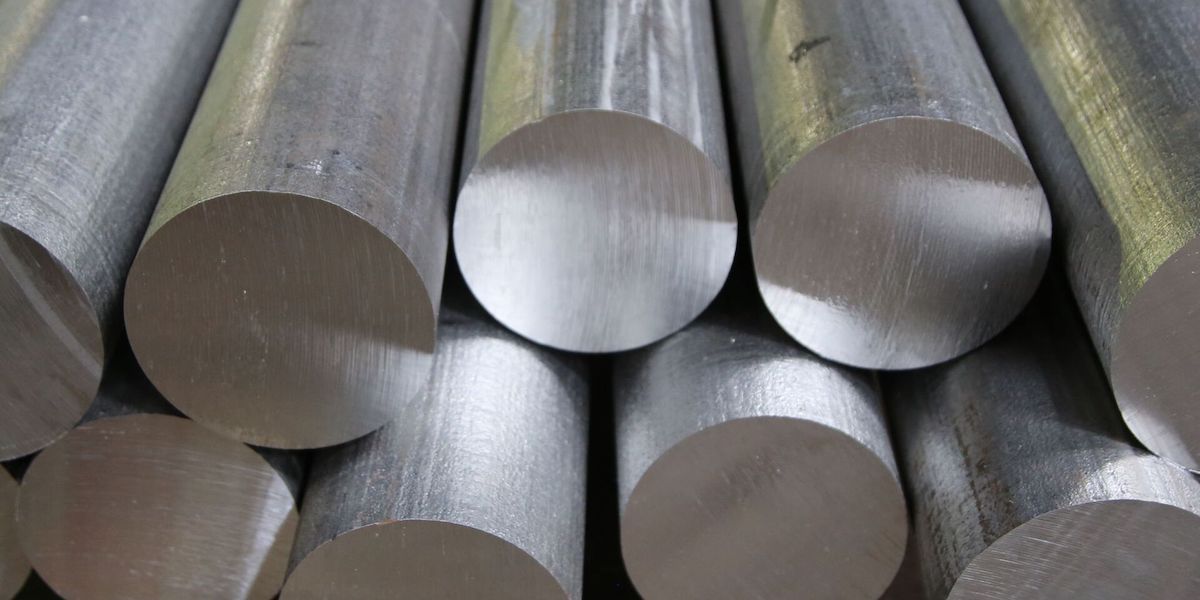Introduction:
Aluminum is a top choice for CNC machining projects. This is because aluminum alloys have good physical properties. This is the best material for manufacturing mechanical parts. Similarly, due to the oxidized outer layer, aluminum as a material is corrosion-resistant. These extraordinary qualities make aluminum metal parts popular in multiple industries. These are automotive, aerospace, healthcare, and consumer electronics.
1. What is aluminum CNC machining?
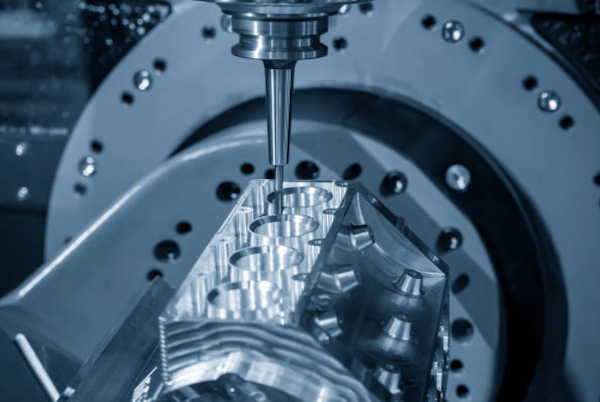
Aluminum is a popular material and can be modified to shape into different products. For instance, it’s lightweight, easy to work with, and has great potential against rusting. There are many different types of aluminum, each with its own particular properties.
Designers and engineers love working with this material because it is highly customizable. However, you need to be careful in choosing the right aluminum following your part requirements.
1.1 Advantages of Aluminum in CNC Machining
Easy to Machine: The low density of aluminum and its dimensional stability make it resistant to warping or deformation during cutting. This allows for higher tolerances and accurate prototypes.
Great Finishing Options: Aluminum can be finished in many ways such as bead blasting, painting or anodizing to get the desired look and additional corrosion resistance.
Resistant to Low Temperatures: Unlike steel which becomes brittle under low temperatures, aluminum remains stable and easy to machine.
Faster Turn-Around Times: Aluminum’s ease of cutting reduces production time making it suitable for projects with tight deadlines.
Cost-Effective: Aluminum has a fast machining time and requires minimal finishing compared to other metals.
1.2 What is the cost of aluminum CNC machining?
Giving the exact cost of aluminum CNC machining is difficult. The cost of aluminum machining incorporates several factors. You can take it as asking how much a car costs without specifying the make, model, or features.
Cost Factors
These are the main factors that affect the price of aluminum CNC machining:
Complexity of Parts: Simple shapes are generally cheaper to produce than designs with multiple setups or tool changes.
Material: Different aluminum alloys have different costs; higher-strength ones tend to be more expensive.
Quantity: Larger quantities usually mean lower per-unit costs due to economies of scale.
Tolerances and Finish: Tight tolerances and high-quality finishes need more precise machining. This ultimately increases cost.
Time for Machining: Labor costs will naturally be higher for complex parts or large batch custom parts.
Overhead Costs: The machine’s cost, tooling, and facility expenses all contribute to the overall price.
Approximate Cost Ranges for Aluminum CNC Machining
Part Complexity | Quantity | Approximate Cost per Part |
Simple (e.g., basic bracket) | 1-10 | $5-$20 |
Medium (e.g., machined housing) | 10-100 | $10-$50 |
Complex (e.g., intricate gear) | 100+ | $20-$100+ |
2. Key Benefits of Aluminum CNC Machining
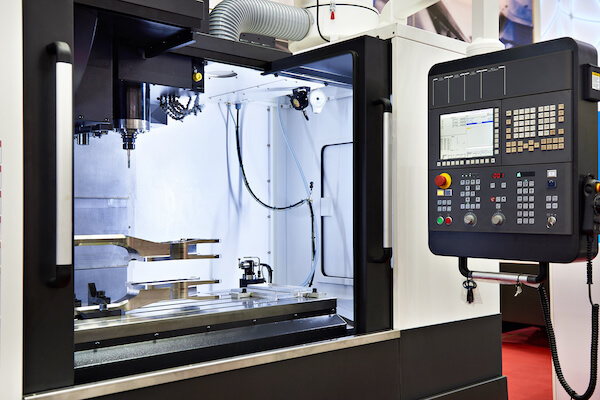
Machinability:
Aluminum is easy to machine, benefiting both the machinist and the business ordering the part. Aluminum chips easily and are easy to shape, allowing it to be cut quickly and accurately. This reduces the machining time and costs, and ensures higher accuracy and repeatability.
Corrosion Resistance:
Different aluminum grades have different levels of corrosion resistance. Popular grades such as 6061 are highly resistant to corrosion hence suitable for many applications.
Strength-to-Weight Ratio:
Aluminum is strong yet lightweight making it ideal for critical parts in aerospace and automotive industries. Different grades serve different purposes; general-use grades like aluminum 6061 are versatile while high-strength grades like 7075 aluminum are preferred for aerospace and marine applications.
Electrical Conductivity:
CNC machined aluminum parts are high conductive which means best for electrical appliances. Although not as conductive as copper, aluminum is much more conductive than metals such as stainless steel.
Anodization Potential:
Anodizing enhances the corrosion resistance of aluminum while allowing various color finishes. Anodizing makes the surface more durable and aesthetically pleasing especially in consumer electronics.
Recyclability:
Aluminum is highly recyclable which makes it environmentally friendly as well as cost-effective. This is particularly important in CNC machining where material waste is significant.
3. Common CNC Aluminum Parts
Aluminum is a versatile material with numerous desirable properties, making it perfect for many CNC machined parts. It is lightweight, easy to work with and resistant to rust hence its use in different sectors of the economy.
3.1 Aerospace parts
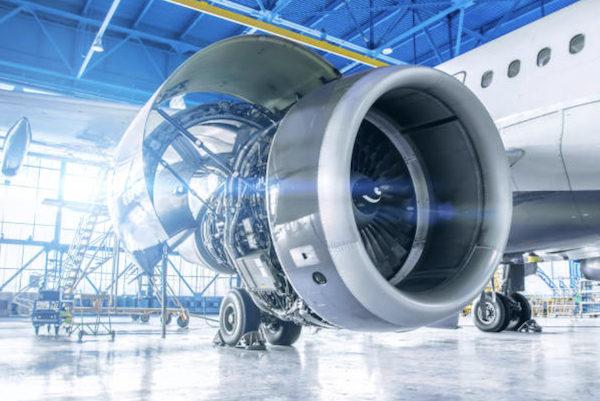
The aerospace industry makes extensive use of CNC machined aluminum alloy parts, primarily due to the high specific strength properties of aluminum alloys. Common parts include:
- Fuselage structural components
- Wing components
- Hatch assemblies
3.2 Automotive Parts
The automotive industry also makes extensive use of CNC-machined aluminum parts, mainly including
- Drive shafts
- Engine components
- Chassis components
3.3 Electronic equipment shell
As a result of its conductivity and ease of processing, aluminum alloy is commonly used in the production of a variety of electronic equipment shells, such as.
- Mobile phone shell
- Laptop cases
- Tablet PC shell
3.4 Medical equipment parts
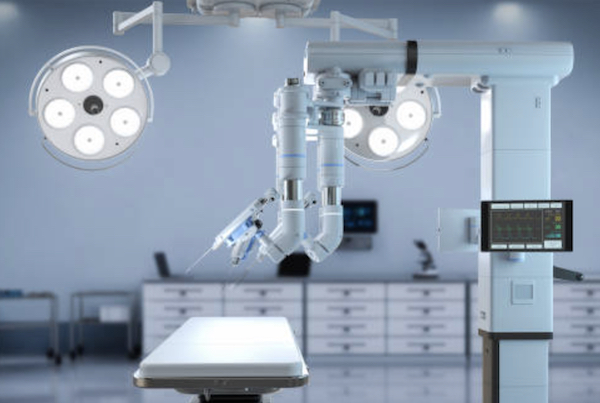
Since aluminum alloys do not react with most organic substances, they are also widely used in the manufacture of medical devices, such as.
- Medical device housings
- Surgical instrument components
- Medical device brackets
3.5 Sport equipment parts
The lightweight nature of aluminium alloys makes them ideal for use in sports equipment, such as
- Bicycle frames
- Golf clubs
- Baseball bats
3.6 Optical equipment parts
Aluminium alloys are also widely used in the manufacture of optical equipment, such as
- Camera housings
- Telescope mounts
- Microscope components
3.7 Mechanical equipment parts
CNC machined aluminium parts are also common in a wide range of machinery and equipment, including.
- Gearbox housings
- Hydraulic cylinder housings
- Valve components
3.8 Communication equipment parts
Aluminium alloys also have important applications in the manufacture of telecommunications equipment, such as: antenna brackets
- Antenna mounts
- Signal amplifier housings
- Router housings
Get Your CNC Parts Into Production Today
Your Global Partner for Quality CNC Machining Services in China!
4. Alternatives to Aluminum in CNC Machining
Aluminum is highly advantageous, but there are times when other materials may be preferred. Here are some alternatives:
Steel Alloys:
- Steel alloys have higher strength and hardness compared to aluminum, making them suitable for parts that need to withstand greater loads. They are often used in applications requiring durability and wear resistance.
Stainless Steel:
- Stainless steel offers better corrosion resistance and strength than aluminum. It is ideal for use in medical devices and food processing equipment where hygiene and durability are critical.
Brass Alloys:
- Brass has excellent electrical conductivity and corrosion resistance, making it commonly used in electrical components. Its machinability and aesthetic appeal also make it popular in decorative applications.
Plastics:
- Plastics like Polycarbonate (PC) and ABS are lightweight and cost-effective, suitable for parts that do not require high strength. They are used in a variety of applications from consumer electronics to automotive interiors.
Composite Materials:
- Composite materials, such as carbon fiber reinforced polymers, offer high strength and lightweight properties. They are frequently used in the aerospace industry for components that require both durability and reduced weight.
Titanium:
- Titanium has an exceptional strength-to-weight ratio and excellent corrosion resistance. It is used in high-end applications in the aerospace and medical fields, where these properties are crucial.
Copper:
- Copper provides superior electrical and thermal conductivity, making it ideal for electronic and thermal management applications. It is also used in plumbing and architectural elements for its aesthetic appeal.
High-Performance Engineering Plastics:
- Plastics like PEEK (Polyether Ether Ketone) offer high strength, high-temperature resistance, and chemical resistance. They are used in specialized applications where these properties are necessary, such as in the aerospace, automotive, and medical industries.
5. Why do CNC machines excel in machining aluminum?
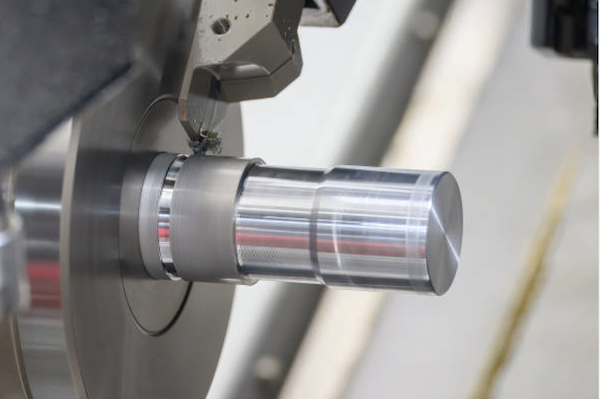
CNC machines excel in machining aluminum for several reasons:
1. Aluminium has excellent machinability. Aluminium is soft and easy to cut, and can be cut and shaped quickly and efficiently by CNC machines. This enables CNC machining of aluminum with higher precision and surface finish.
2. Aluminium has a high strength-to-weight ratio. Aluminium is about one third the density of steel, but has a very high strength. This high strength-to-weight ratio makes CNC-machined aluminium parts both lightweight and strong, making them ideal for aerospace, automotive and other industries.
3. CNC machines can achieve multi-axis machining. Modern CNC machining centres can achieve three-axis, four-axis or even five-axis linkage, capable of machining complex aluminum parts.
4. CNC machining aluminum can achieve very high precision. Because aluminum is easy to cut and small deformation, CNC machine tools can achieve micron-level machining accuracy to meet the requirements of precision parts.
5. Aluminium has good thermal and electrical conductivity. This makes CNC machined aluminum parts widely used in electronic and electrical industries.
6. CNC machining of aluminum is cost effective. Compared to steel, machining aluminum requires less cutting force and energy, which increases productivity and reduces costs.
7. Aluminium has excellent corrosion resistance, and CNC-machined aluminum parts maintain good performance in a variety of environments.
In short, the combination of aluminum’s excellent machinability and the high precision and efficiency of CNC machines makes CNC machining of aluminum the preferred solution for many industries, especially for parts that require high precision, light weight and complex shapes.
6. What are the common aluminum alloys for CNC machining?
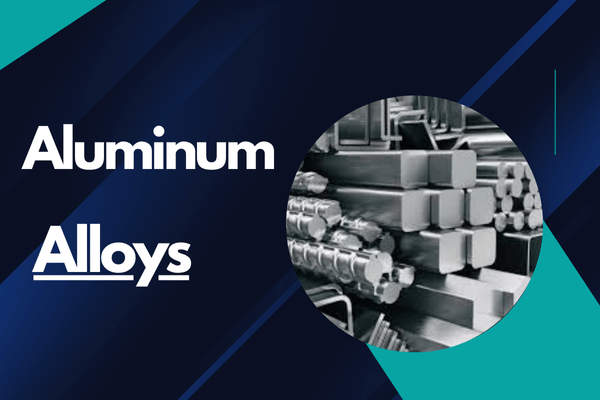
Commonly used aluminum alloys for CNC machining include.
6061 Aluminium Alloy:
This is a widely used aluminum alloy with excellent machinability, welding characteristics and corrosion resistance. It has moderate strength and can be anodised, making it suitable for a wide range of precision parts.
7075 Aluminium Alloy:
This is a high-strength aluminum alloy, much stronger than soft steel and one of the strongest commercially available aluminum alloys. It has good mechanical properties and corrosion resistance, and is suitable for making parts that require high strength.
Aluminium 5052:
Although not directly mentioned, this is also one of the most commonly used CNC machined aluminum alloys, with good formability and corrosion resistance.
Aluminium alloy 6063:
Also commonly used for CNC machining, this alloy has good extrusion properties and surface finish.
Aluminium 6082:
This alloy is also widely used for CNC machining and has good strength and machinability.
7. Common Aluminum CNC Machining Processes
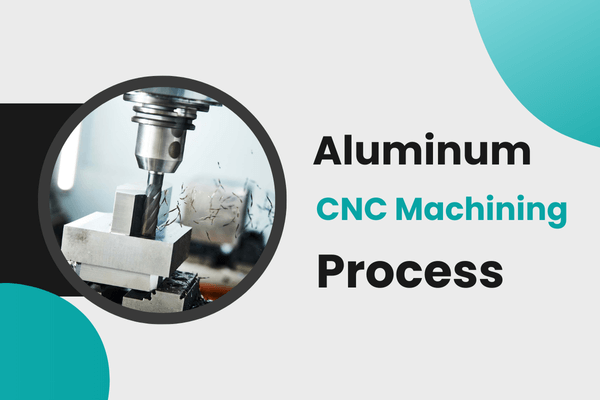
Milling:
- Milling involves using CNC milling machines to cut aluminum, producing various complex shapes and parts. This process is suitable for machining flat surfaces, angled surfaces, grooves, gears, and intricate 3D contours.
Turning:
- Turning utilizes CNC lathes to machine rotationally symmetrical aluminum parts. This process is commonly used to manufacture cylindrical, conical, and other symmetrical parts, such as shafts, sleeves, and disks.
Drilling:
- Drilling employs CNC drills or machining centers to create holes in aluminum parts. It is the foundational process for making through holes and blind holes and can be used to prepare for subsequent threading or reaming.
Reaming:
- Reaming involves finishing pre-drilled holes to enhance dimensional accuracy and surface quality. This process is suitable for holes requiring high precision and smooth finishes, often used in positioning and assembly holes in mating parts.
Tapping:
- Tapping machines internal threads in aluminum parts. This process can be performed manually or with CNC equipment, suitable for producing threaded holes of various specifications for bolts and screws.
Grinding:
- Grinding uses CNC grinding machines to perform precision machining on aluminum parts, improving surface finish. It is commonly used for high-hardness and high-precision surfaces, such as shaft journals and end faces.
Cutting:
- Cutting employs CNC cutting equipment to shape aluminum sheets. Cutting processes include laser cutting, waterjet cutting, and plasma cutting, suitable for various shapes and thicknesses of aluminum sheets, providing high precision and fast efficiency.
9. What are the processes after machining aluminum?
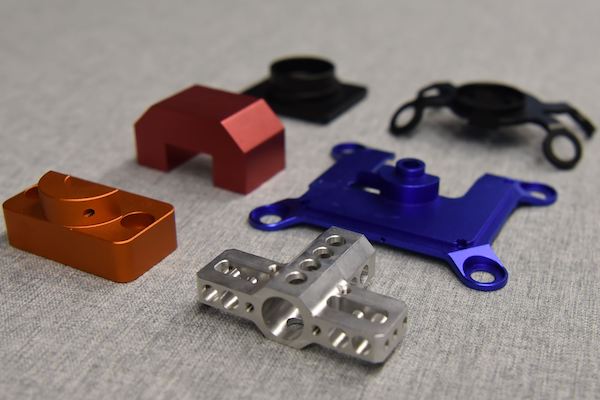
Aluminium machining is usually followed by the following processes.
Surface treatment:
- Anodising: This is an electrochemical process that forms a hard, corrosion-resistant oxide film on the surface of aluminium. It enhances the protective and decorative qualities of aluminium and also eliminates scratches and other defects left by machining.
- Pearling: Using a high-pressure air gun to spray small glass beads onto the surface of the part, the material can be cleaned up and the surface smoothed, showing a smooth or matte effect.
- Sandblasting: Similar to bead blasting, but uses a high-pressure stream of sand to clean the surface of the material.
Coating:
- Metal Coating: Aluminium parts can be plated with metals such as zinc, nickel, chromium, etc. by electrochemical reaction.
- Powder Coating: Coloured polymer powders are applied to the part using an electrostatic spray gun and then cured at high temperatures. This method improves the strength, wear resistance and corrosion resistance of the part.
Heat treatment.
For some heat treatable aluminum alloys, heat treatment can be used to improve their mechanical properties.
Other processing.
- Polishing: can further improve the surface finish.
- Painting: To add colour or an additional layer of protection to the part.
10. What Types of Products Are Machined in Aluminum?
Aluminium fabrication is a process that is widely used in several industries and is capable of producing many types of products. Below are some of the main types of aluminum fabrication products:
Main Aluminium Fabrication Product Types:
Sheet
Uses: aircraft manufacturing, construction, automotive industry, etc.
Characteristics: Thickness of 0.2mm or more, width of 500mm or more.
Strip
Uses: cables, fibre optic cables, transformers, heaters, blinds, etc.
Characteristics: Thickness generally between 0.1mm and 0.2mm, narrow width
Foil
Uses: packaging, electronics, construction, automotive, etc.
Characteristics: Thickness less than 0.2mm, divided into thick foil, single-zero foil and double-zero foil.
Tube
Uses: construction, automotive, machinery, etc.
Characteristics: Various shapes, such as round, square, rectangle, etc.
Rod
Uses: Machine parts, building structures, etc.
Characteristics: Large diameters and customised lengths
Profile
Uses: building doors, windows, curtain walls, industrial frames, etc.
Characteristics: Various cross-section shapes, such as I-beam, channel, T-beam, etc.
Forging
Uses: aerospace, automotive industry, machinery and equipment, etc.
Characteristics: High strength and durability through the forging process.
11. Conclusion
Choosing aluminum for CNC machining offers numerous benefits. However, each aluminum grade has unique properties, making it essential to consult a professional machining company for the best advice. Machining aluminum can present challenges, so it’s crucial to work with an experienced machining center to ensure high-quality parts with tight tolerances and quick turnaround times.
At RALLY, we specialize in precision CNC machining with aluminum, providing expert guidance and top-notch service. Contact us today to discuss your project needs and experience the RALLY difference!
Work with RALLY for CNC Machining Parts
Request a quote for new project today! No minimum order quantity and free samples available!

